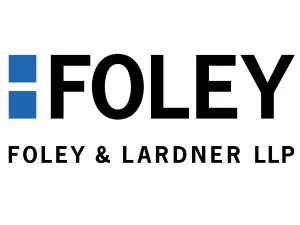- within Criminal Law, Government, Public Sector and Tax topic(s)
A major step forward in using Artificial Intelligence (AI) for scientific discovery in the field of stem cell research was recently reported1, reflecting the continued growth of the technology and stressing the need for clarification on patents for AI-generated work.
Kanda et al. created a humanoid robotic AI system that can plan and execute experiments to develop optimized protocols for differentiation of stem cells into desired therapeutically relevant cell types. In particular, the system tested cell culture conditions for differentiation of induced pluripotent stem cells (iPSCs) into retinal pigment epithelial cells (iPSC-RPE cells) based on a pre-optimized protocol, evaluated the results of particular cell culture conditions by image analysis of pigment producing cells, and planned the next experiments based on the results to develop an improved protocol for producing iPSC-RPE cells. The AI system tested 143 different conditions from 200 million possible parameter combinations in 111 days to achieve 88% better iPSC-RPE generation compared to the preexisting protocol. Accordingly, Kanda et al. concluded that the robotic AI system could drastically accelerate "systematic and unbiased exploration of experimental search space, suggesting immense use in medicine and research."
It should be noted that the tests relied on using a pre-optimized protocol that narrowed down the search space, and the chosen cellular system is particularly conducive for AI systems to handle because pigment producing cells can be easily evaluated by image processing to score the tested protocol. Optimizing protocols for producing cells when the initial protocol is not as well established as for iPSC-RPE cells, and when the evaluation score is a more complex cellular function than pigment production, may still be challenging for AI systems without any human intervention. Nevertheless, the progress reported by Kanda et al. marks a notable benchmark in using AI to boost scientific discovery in stem cell research, as a very large experimental search space could be explored over relatively short time without human intervention.
With AI and machine learning increasingly used for scientific discovery and innovation as reflected by Kanda et al., it is important to note that AI systems and AI-generated work pose a challenge for the patent system. For example, an AI system itself cannot be a patent inventor because, according to the United States Patent and Trademark Office, the inventor must be a "natural person."2 Accordingly, if an invention is based on experiments proposed and executed by an AI system without any human intervention, disputes concerning inventorship could arise. Stakeholders should take great care to identify inventions generated by AI systems and human counterparts to ensure that the intellectual property is protected.
Footnotes
1. Kanda et al. "Robotic search for optimal cell culture in regenerative medicine." eLife 11:e77007 (June 28, 2022)
2. See Thaler v. Hirshfeld, 558 F.Supp.3d 238, 241 (E.D. Va. 2021), and Song, Michelle. "Artificial Intelligence: Can it be an Inventor or an Author?" Foley & Lardner LLP (July 14, 2022) for further discussion of inventorship of AI-generated work.
The content of this article is intended to provide a general guide to the subject matter. Specialist advice should be sought about your specific circumstances.


